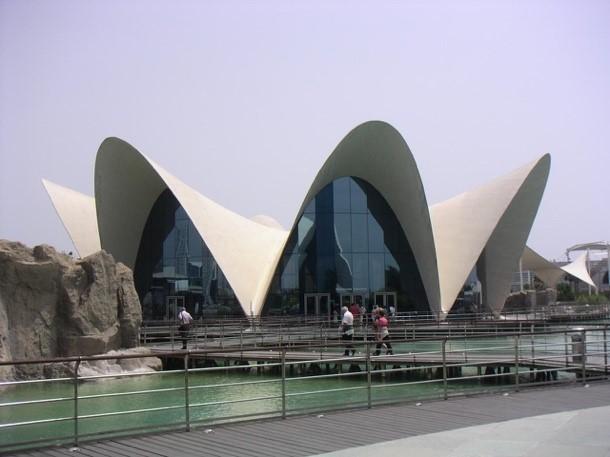Candela’s Shells

Félix Candela rocked the world of architecture with his renowned concrete shells built in the 1950s and 1960s. Although he was neither the first nor the only one to design these types of structures, he broke new ground by using the hyperbolic paraboloid with great virtuosity, maximizing the structural and expressive advantages afforded by this geometric form that marked 20th-century architecture. Candela’s Shells is a traveling exhibition culled from Félix Candela 1910-2010, a show organized by Acción Cultural Español (AC/E) to commemorate the architect’s 100th birthday. Curated by architecture professor Dr. Juan Ignacio del Cueto from the Universidad Nacional Autonomy de México (UNAM), the exhibition is part of an effort to preserve and promote Candela’s legacy. It begins with Candela’s period of international expansion, represented by the Cosmic Rays Pavilion (Ciudad Universitaria, 1951), through his designing of the Palacio de los Deportes, built for the 1968 Olympic Games in Mexico City. The exhibition features models and virtual animations produced at the School of Architecture of UNAM, and drawings and photographs from the architecture archives of Columbia, Princeton, and UNAM universities .
Born in Madrid in 1910, Candela graduated from Spain’s Escuela Superior de Arquitectura. He went into exile in Mexico in 1939 where he eventually acquired citizenship. There he founded the Cubiertas Ala, the company which executed the work that brought him worldwide fame. He also taught at the Universidad Nacional Autonomy de México’s (UNAM) School of Architecture from 1953 to 1971, and ultimately moved to the United States where he died in 1997.
Opening reception on Monday, October 31 immediately following Juan Ignacio del Cueto’s lecture at the School of Architecture

